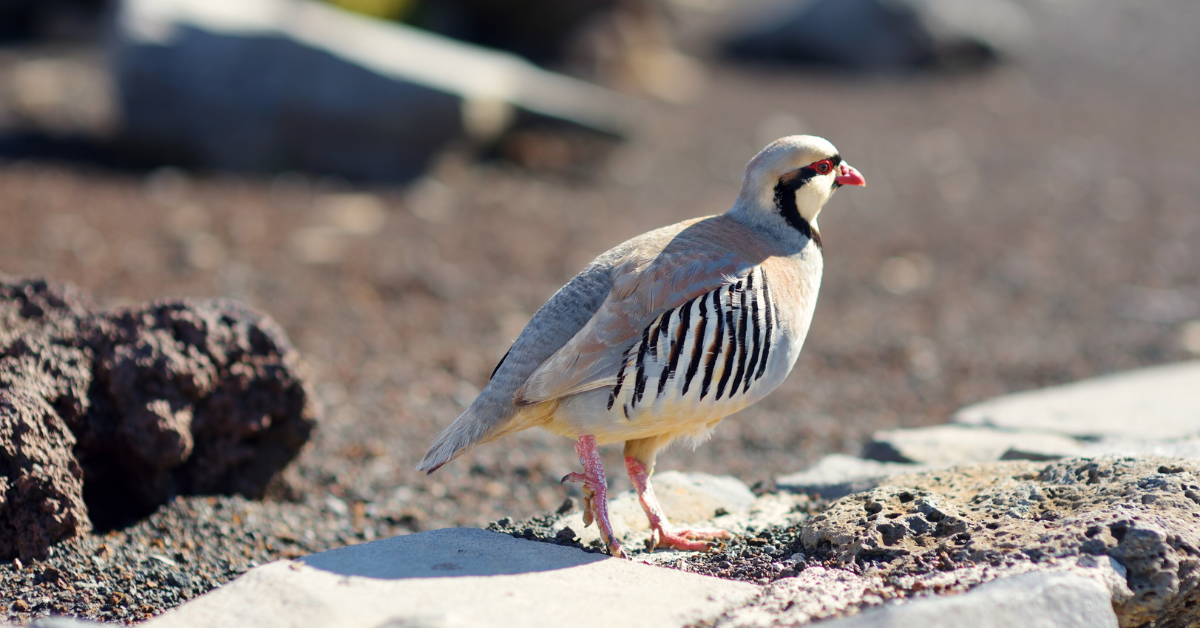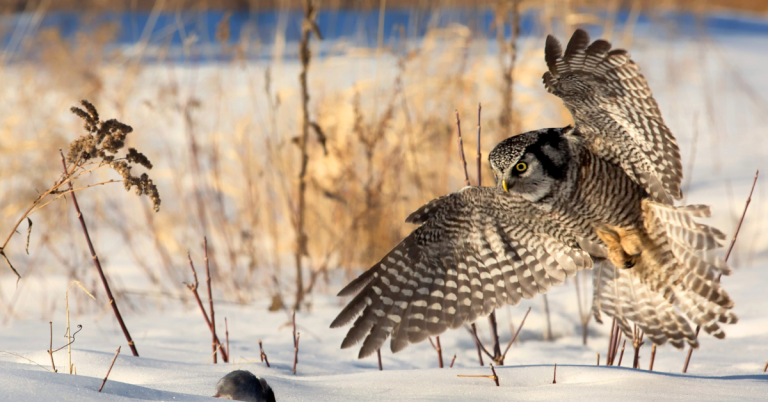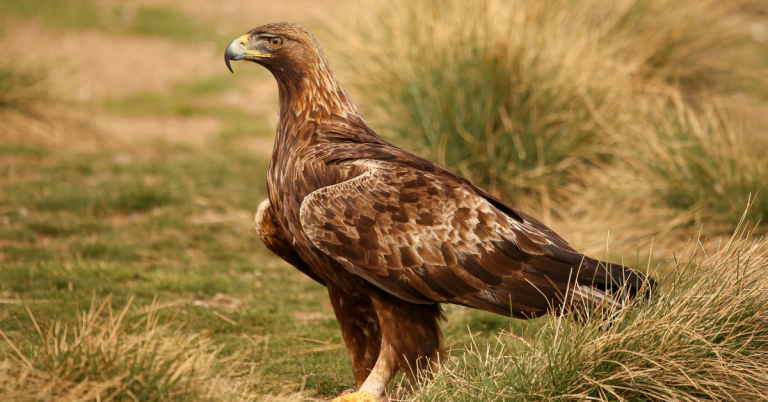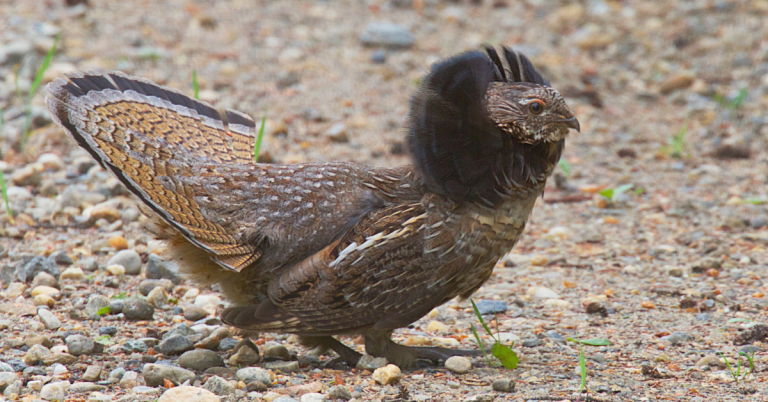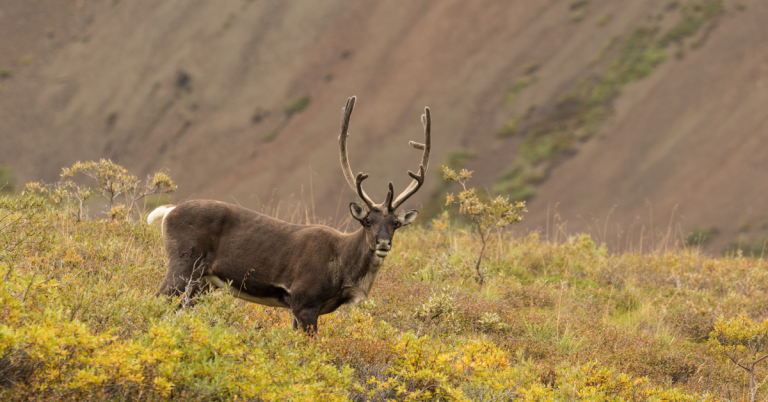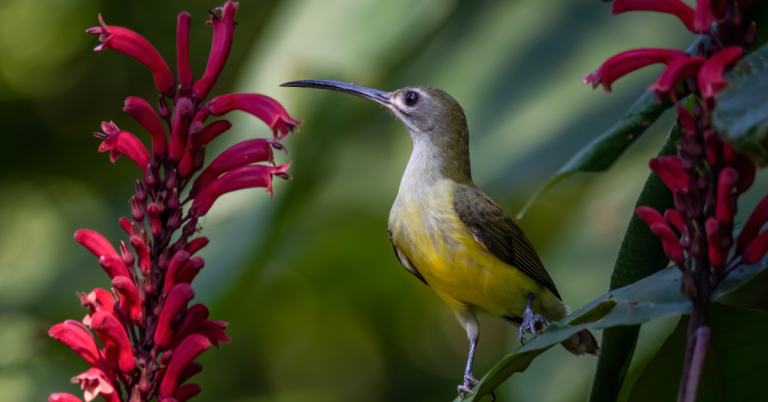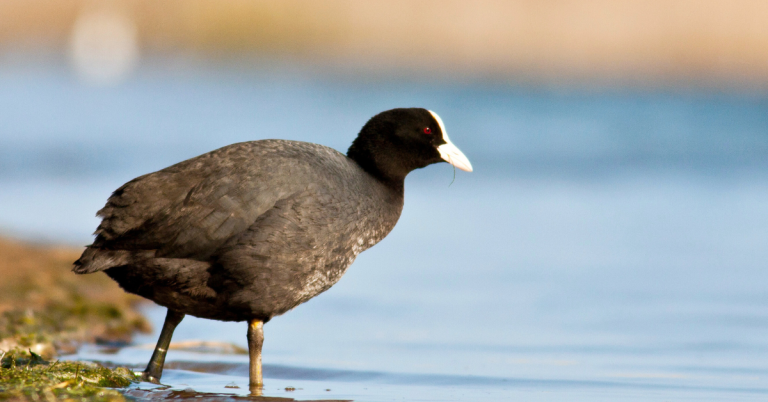Chukar hunting guide
Chukar partridges, often simply called Chukars, are popular game birds known for their challenging hunts and delicious meat. These birds inhabit rugged terrains and are known for their distinctive call and striking appearance. Hunting Chukars requires skill, endurance, and an understanding of their behavior and habitat. This hunting guide provides a comprehensive overview of hunting Chukars, covering behavior, hunting locations, tactics, ethics, gear, and legal considerations.
Understanding Chukar Behavior
Chukars are ground-dwelling birds that prefer rocky, arid environments with sparse vegetation. They feed primarily on seeds, grains, and insects. Understanding their behavior, such as their feeding habits, roosting sites, and escape tactics, is crucial for successful hunting. Chukars are most active during the early morning and late afternoon.
Choosing the Right Hunting Location
Selecting the right location is essential for hunting Chukars. These birds are typically found in steep, rocky hillsides and canyons in arid regions. Look for areas with rugged terrain, scattered shrubs, and minimal human disturbance. Ideal hunting grounds include:
- Western United States: States like Nevada, Idaho, and Utah.
- Remote areas with rocky outcrops and sparse vegetation.
Effective Hunting Tactics
- Walk-and-Flush: This method involves walking through the Chukar habitat to flush birds into the open for a shot. Move slowly and steadily, covering as much ground as possible.
- Dogs: Hunting with trained pointing or flushing dogs can significantly increase your chances of success. Dogs can locate and flush Chukars, making them easier to shoot.
- Ambush: Position yourself near known feeding or roosting areas and wait for Chukars to come into range. This method requires patience and a good understanding of Chukar’s behavior.
Ethical and Responsible Hunting
Ethical hunting practices are vital for maintaining the balance of the ecosystem and respecting wildlife. Always ensure that you:
- Hunt only in designated areas and during legal hunting seasons.
- Take only what you need and avoid unnecessary harm to the bird population.
- Follow all local and international regulations regarding the hunting of protected species.
Field Dressing and Meat Processing
After a successful hunt, proper field dressing and meat processing are essential to preserve the quality of the meat. Ensure you:
- Bleed the bird promptly and cool it down to prevent spoilage.
- Pluck the feathers carefully and clean the bird thoroughly.
- Use appropriate tools and techniques to process the meat for consumption or storage.
Hunting Gear Used for Hunting Chukar
- Shotgun: A 12-gauge or 20-gauge shotgun with a light to medium load is ideal for Chukar hunting.
- Ammunition: Use appropriate birdshot, typically size 6 or 7.5.
- Camouflage Clothing: Helps you blend into the environment.
- Hunting Boots: Sturdy, waterproof boots for traversing rough, rocky terrain.
- Dogs and Dog Equipment: If hunting with dogs, ensure they have proper training and gear.
- GPS and Maps: Crucial for navigating and locating hunting areas.
Species and Subspecies
Chukars belong to the genus Alectoris and are native to Eurasia. The most common species is:
- Alectoris chukar: Known for its distinctive black and white banded throat and red bill and legs.
Hunting Legality by Area
The legality of hunting Chukars varies by region. It’s crucial to:
- Research local wildlife regulations and obtain necessary permits.
- Understand protected species laws to avoid legal repercussions.
- Respect private property and seek permission if hunting on private land.
Legal and Cross-Border Considerations
Hunting Chukars across borders requires adherence to international wildlife protection laws. Always:
- Check the regulations of the country you plan to hunt in.
- Ensure you have the required documentation and permits.
- Be aware of transportation laws for hunting equipment and harvested birds.
Safety Tips
Safety is paramount when hunting Chukars. Follow these tips to ensure a safe and successful hunt:
- Wear appropriate safety gear and clothing.
- Inform someone of your hunting location and expected return time.
- Carry a first aid kit and know basic first aid procedures.
- Be aware of weather conditions and plan accordingly.
FAQs
Where is the best place to hunt?
The best places to hunt Chukars are rocky hillsides and canyons in arid regions, particularly in the western United States.
What is the best time to hunt?
Early morning and late afternoon are prime times, as Chukars are most active during these periods.
What are the best hunting methods?
Walk-and-flush, hunting with dogs, and ambushing near feeding or roosting areas are effective methods for hunting Chukars.
What is the reason for hunting?
Hunting Chukars can be for population control, conservation purposes, or for the challenge and enjoyment of the hunt. It’s essential to hunt responsibly and ethically to maintain ecological balance.
